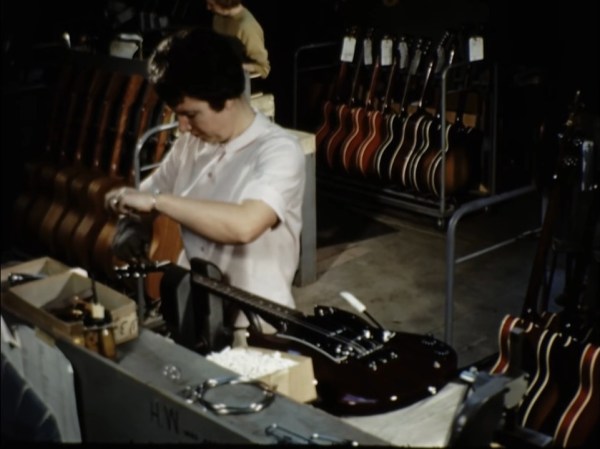Over the years, we’ve seen DOOM run on pretty much everything from an 8088 to a single keycap. We’ve also written up one or two controllers, but we don’t think we’ve ever seen anything like this — playing DOOM with an electric guitar.
The guitar in question is a Schecter Hellraiser Deluxe, which seems like a great choice to us. In order to get the notes to control the game, [DOS Storm] converted a handful of notes to MIDI using a VST plugin called Dodo MIDI 2 and the Reaper DAW. Then it was a matter of converting MIDI to keystrokes. This took two programs — loopMIDI to do take the MIDI data and route it elsewhere, and MIDIKey2Key to actually convert the MIDI to the keystrokes that control DOOM.
The result is that the notes that move Doomguy around are mostly in an A-major bar chord formation, with some controls up in the solo range of the fret board. Be sure to check out the demo video below and watch [DOS Storm] clear level one in a fairly impressive amount of time, considering their controller is a guitar.
That key cap isn’t even the most ridiculous thing we’ve seen DOOM running on. It’s probably a toss-up between that and the LEGO brick.

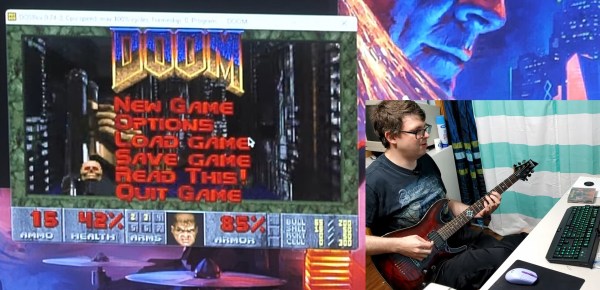
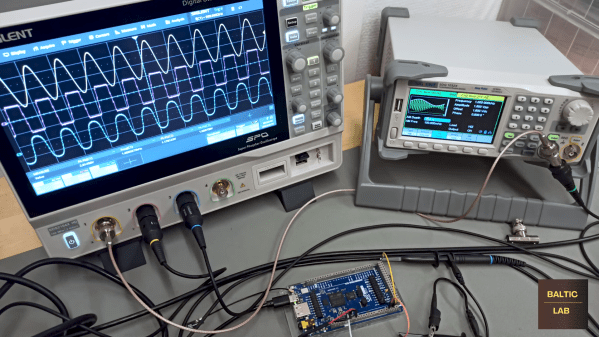
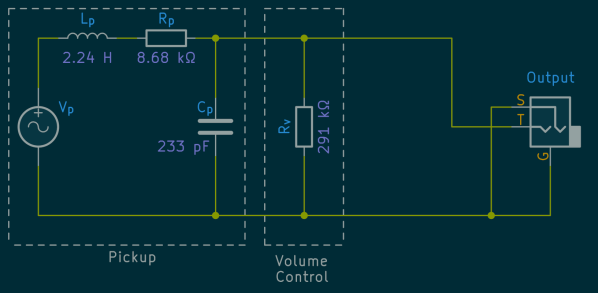
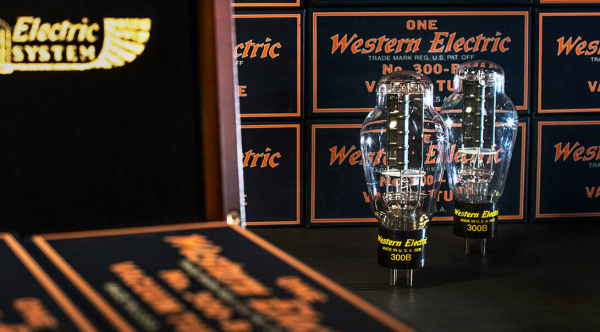

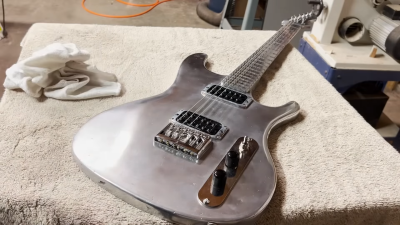 Both the body and neck of the electric guitar are made out of aluminium. It’s an impressive effort, as manufacturing a usable neck requires care to end up with something actually playable when you’re done with it.
Both the body and neck of the electric guitar are made out of aluminium. It’s an impressive effort, as manufacturing a usable neck requires care to end up with something actually playable when you’re done with it.
